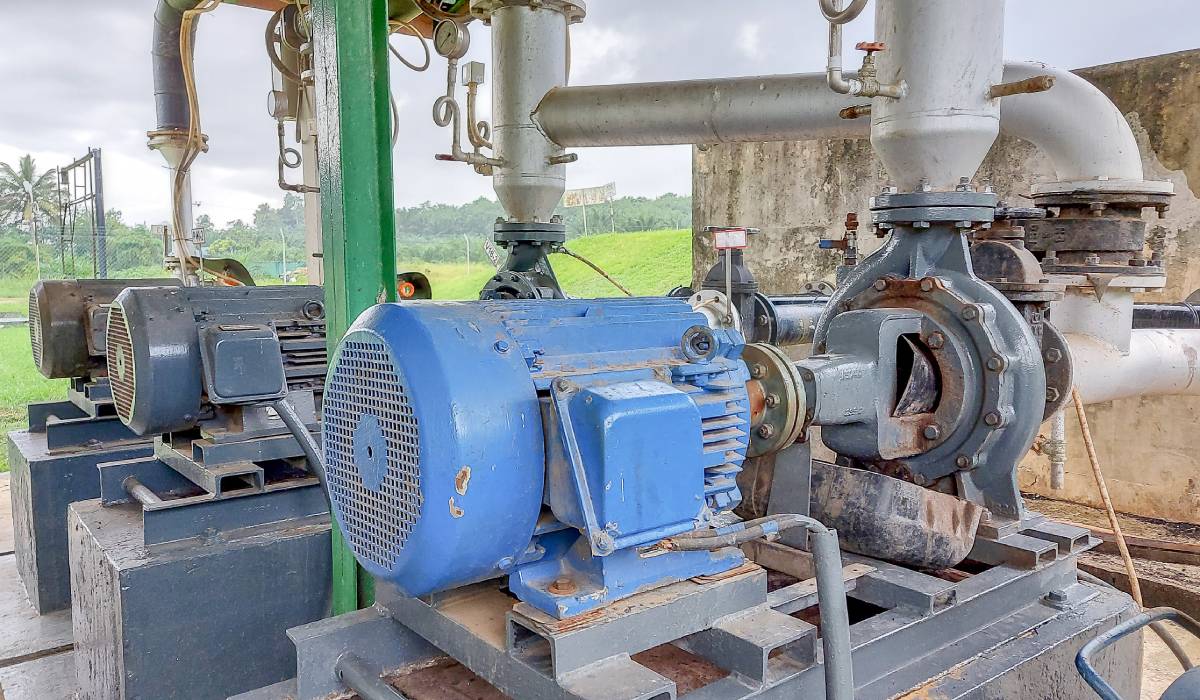Understanding the Applications of Industrial Gearboxes
- Casey Cartwright
- Business
- D.O.C Supplements - Trending News
- September 16, 2024

Few components are as fundamental to industrial machinery as gearboxes. These mechanical marvels ensure the smooth operation of a wide range of equipment, from conveyors to heavy-duty construction machines. Understanding the applications of industrial gearboxes can provide valuable insights for gearbox technicians, industrial engineers, and manufacturing professionals.
At the heart of an industrial gearbox lies a complex system of gears that work in harmony to transmit power and manage torque. Each component within the gearbox has a specific role. The main elements include gears, shafts, bearings, and housing.
Gears come in various shapes and sizes, each serving a unique function in altering the speed, torque, and direction of the transmitted power. Shafts connect the gears and transfer the mechanical energy, while bearings support the shafts and reduce friction and wear. The housing encases these components, provides protection and stability, and ensures the gearbox operates efficiently under demanding conditions. Understanding maintenance best practices for industrial gearboxes will help you keep them running smoothly.
Industrial gearboxes are designed to meet various needs and applications. Helical gearboxes are known for their efficiency and smooth operation, making them ideal for high-speed applications. Bevel gearboxes can change the direction of power transmission, making them useful in conveyor systems.
Worm gearboxes are compact and provide high torque output; they are perfect for heavy-duty applications with limited space. Planetary gearboxes are known for their precision and high power density, and they are common for applications requiring high accuracy and control. Each type of gearbox offers unique advantages, making it crucial for professionals to select the right one for their needs.
Industrial gearboxes are useful in numerous industries, such as manufacturing, construction, and renewable energy, proving their versatility and indispensability. In manufacturing, gearboxes drive conveyors, mixers, and packaging machines to support seamless operations. The construction industry relies on gearboxes for machinery such as cranes, excavators, and bulldozers, which require precise control and high torque.
Even in the renewable energy sector, gearboxes play a role in wind turbines, converting the slow rotational speed of the blades into higher speeds for electricity generation. The adaptability of industrial gearboxes to different environments highlights their importance in modern engineering.
Industrial gearboxes are behind the efficient and reliable operation of countless machines and processes. Having a thorough understanding of the applications of industrial gearbox applications is invaluable for countless professionals because this machinery drives progress and innovation.








